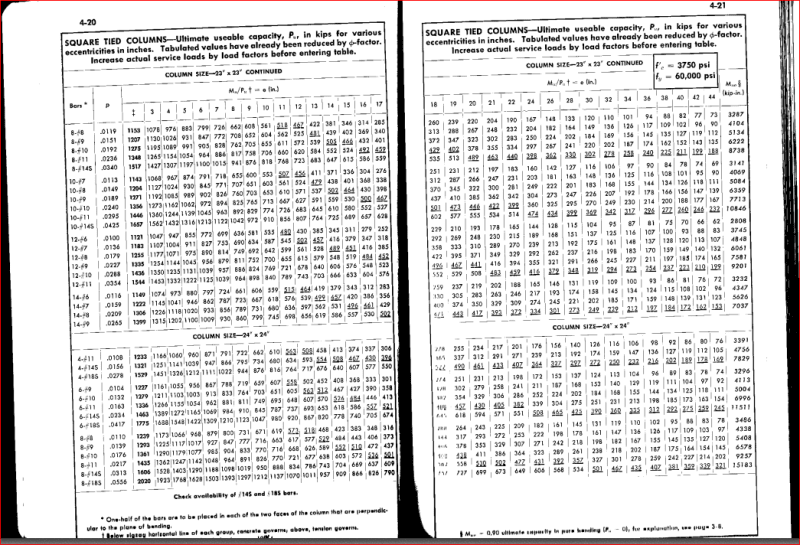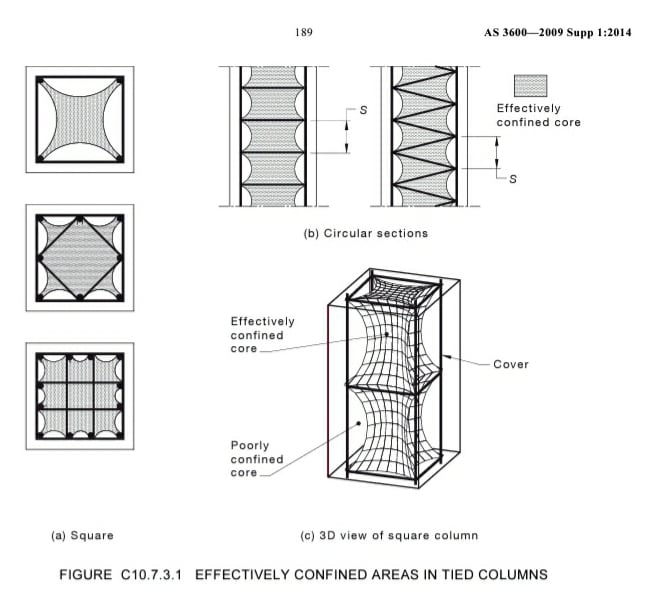Prestressed Guy
Structural
- May 11, 2007
- 390
For 24" square precast columns I would prefer to use (4) #11 bars (ρ = 1.08%) due to the simplicity of the cage with no need for crossties. When I run it in Bentley software with seismic provisions checked it comes out as a good design.
I mentioned that to another engineer and his response was "you can't use a 24" column with only 4 bars in seismic design (SDC D). When pressed he could not sight a reason but was adamant about not using (4) #11 bars.
Opinions? Yes / no and why.
I mentioned that to another engineer and his response was "you can't use a 24" column with only 4 bars in seismic design (SDC D). When pressed he could not sight a reason but was adamant about not using (4) #11 bars.
Opinions? Yes / no and why.


